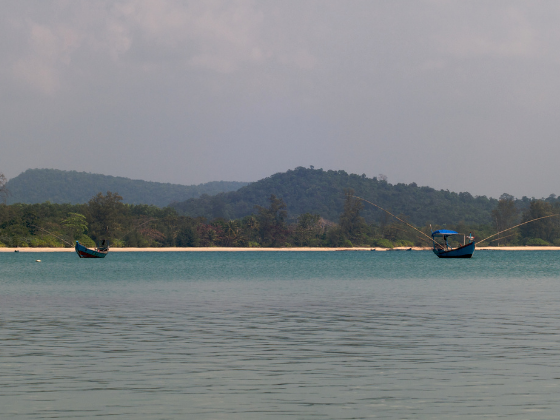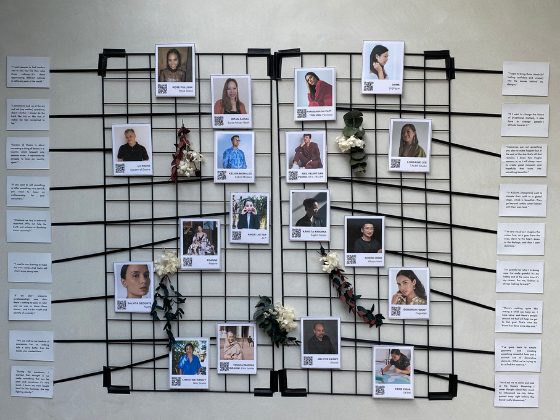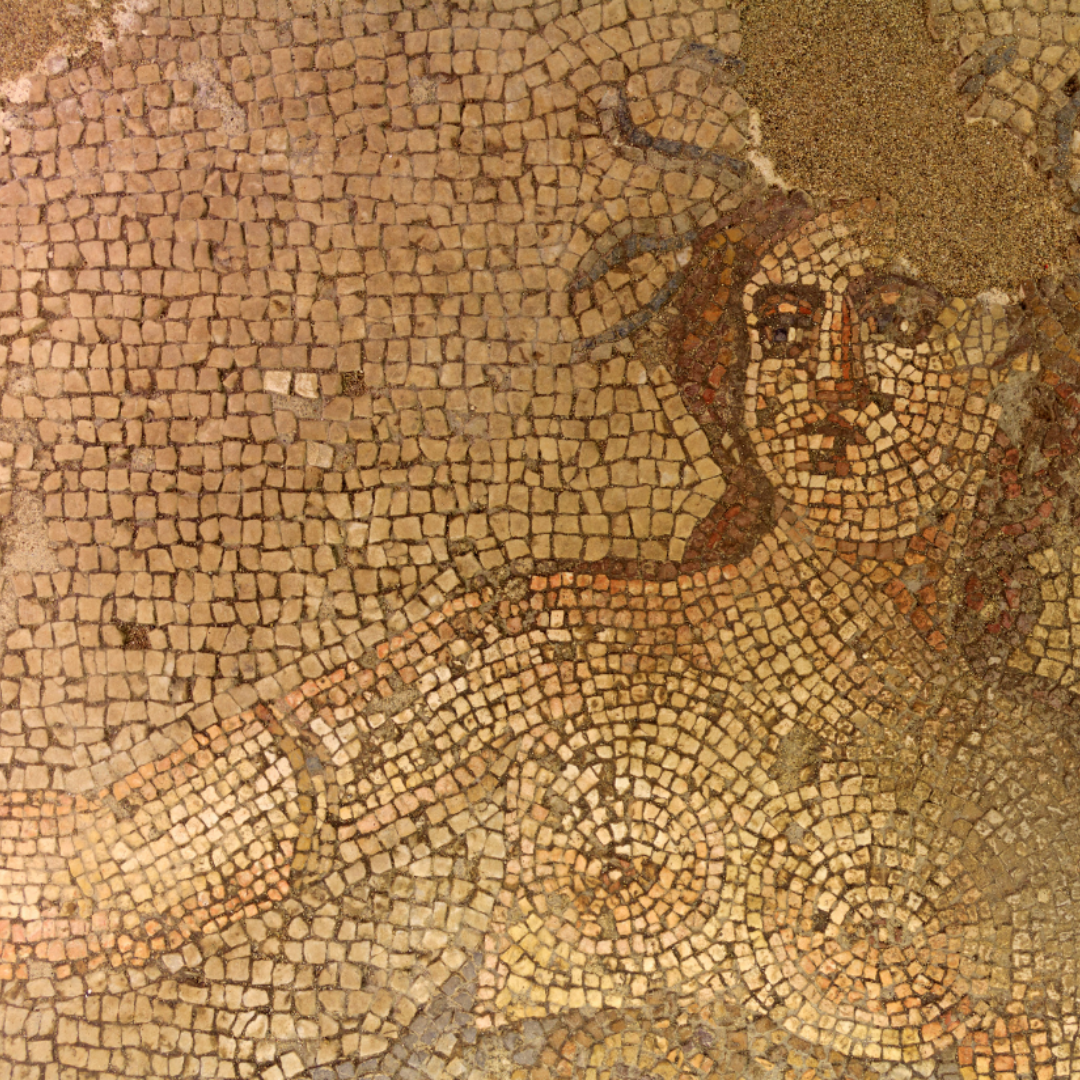By Wathiqah Rosli on September 3rd, 2021
With the help of 300 Japanese designers over the course of six years, the Imagine OneWorld Kimono Project presented the world with 216 kimono designs, each costing around $20,000 per piece. While the Tokyo Olympics are still fresh in our memories, let’s marvel over the initiative that integrates Southeast Asian symbolism with Japanese craftsmanship, all achieved through traditional hand weaving and dyeing techniques.
Philippines

Donning the theme of “sound of the wind,” Hiroshi Nakamachi, the designer, was inspired by a visit to the Philippines. This kimono features a motif of palm trees wrapped in Jasmine and shades of blue — a tribute to the indispensable nature of Jasmine trees, and highlighting the country’s national flower. Nakamachi incorporated red and orange leaves to “mimic sunshine and wind passing through a forest of palms.”
Brunei

For the island nation of Brunei, Hiroshi Fujii, the designer, combined elements of the royal kingdom with its landscape of abundant natural resources. A mosque is depicted on the kimono to symbolize Islam’s contribution to the country’s culture. Intending to add softness to the artwork and alluding to the blossoming friendship between Japan and Brunei, Fujii completed the canvas by adding both cherry blossoms and traditional Bruneian floral patterns.
Singapore

As quoted from Prime Minister Lee Hsien Loong’s Facebook, this kimono is “a beautiful blend of exquisite Japanese workmanship and the iconic sights and symbols of Singapore.” In this unique ensemble of “Oshima tsumugi” (high-class silk pongee fabric), Oose-Shooten, the kimono maker, weaved Kasuri fabric and checkered patterns onto the artwork alongside Kyoto-style embroidery. Singapore is celebrated through her trademark sights: Gardens by the Bay, Marina Bay Sands, the Singapore Flyer, and of course — the glorious Merlion (a representation of Singapore’s origin, as “singa” in Malay means lion).
Vietnam

For this piece, Hiroshi Someya aimed to celebrate the diversity of Vietnam and her 54 ethnic minorities. This concept explores how a community can be joined by the similarities of their roots while still upholding a distinct cultural identity. The Vietnamese Dragon is the centerpiece of this kimono. In Vietnamese culture, they believe the dragon symbolizes a shared ancestor, and as a creature of heaven, possesses nobility and prosperity. The soft-green ambiance is a tribute to Vietnam as a rice-cultivating nation.
For the rest of the other nations, check out the project’s official website.
Image credits for all kimonos: https://kimono.piow.jp/kimonolist.html
ABOUT THE AUTHOR
Wathiqah is currently a first-year student at the University of Warwick studying Economics, Philosophy, and Psychology, whilst also being a full-time mentor for The Kalsom Movement, which aims to eradicate education inequality. She deeply admires heritage artists, and her interests range from batik painting to reading Farish. A. Noor history books. She tries to live by a #seekdiscomfort philosophy, whether that's by bungee-jumping or free-diving.











